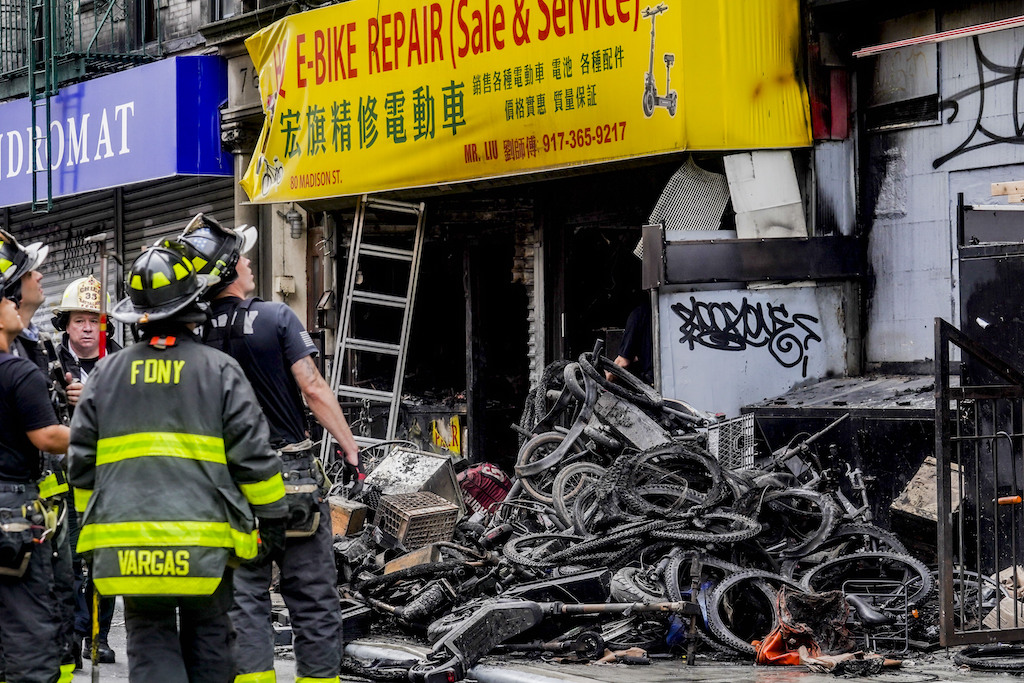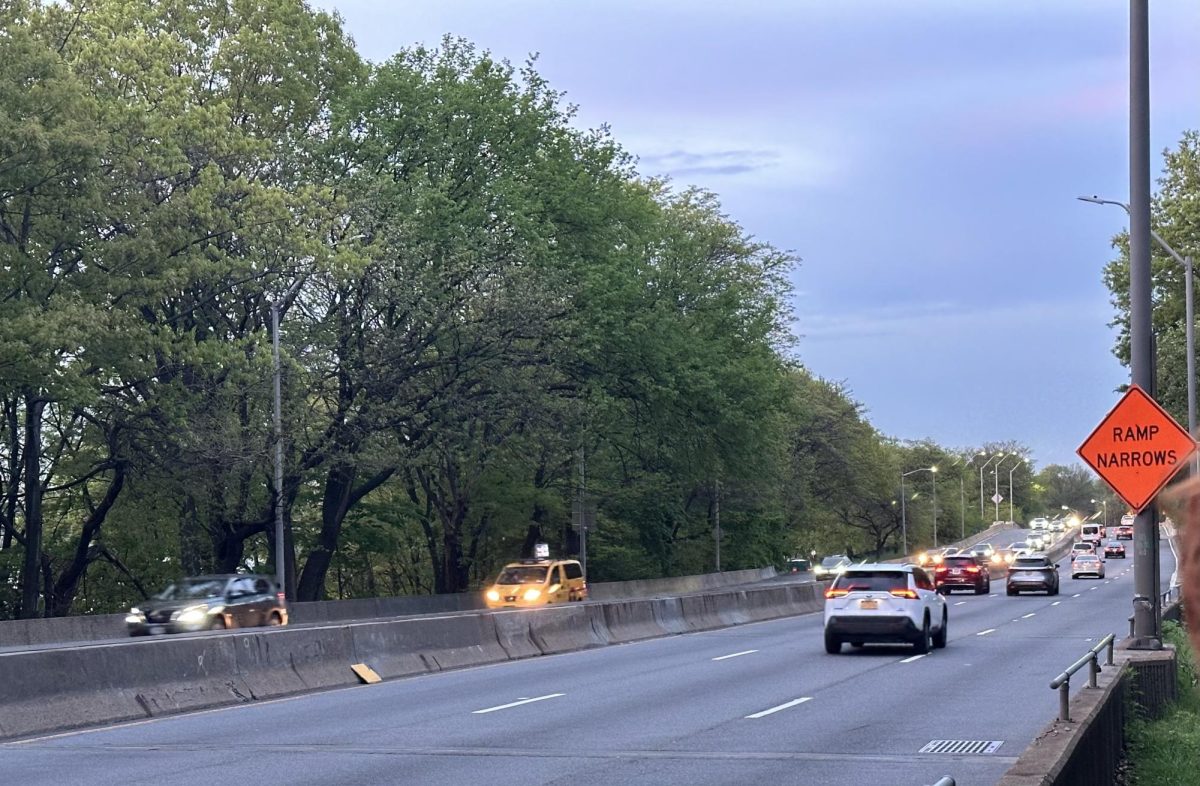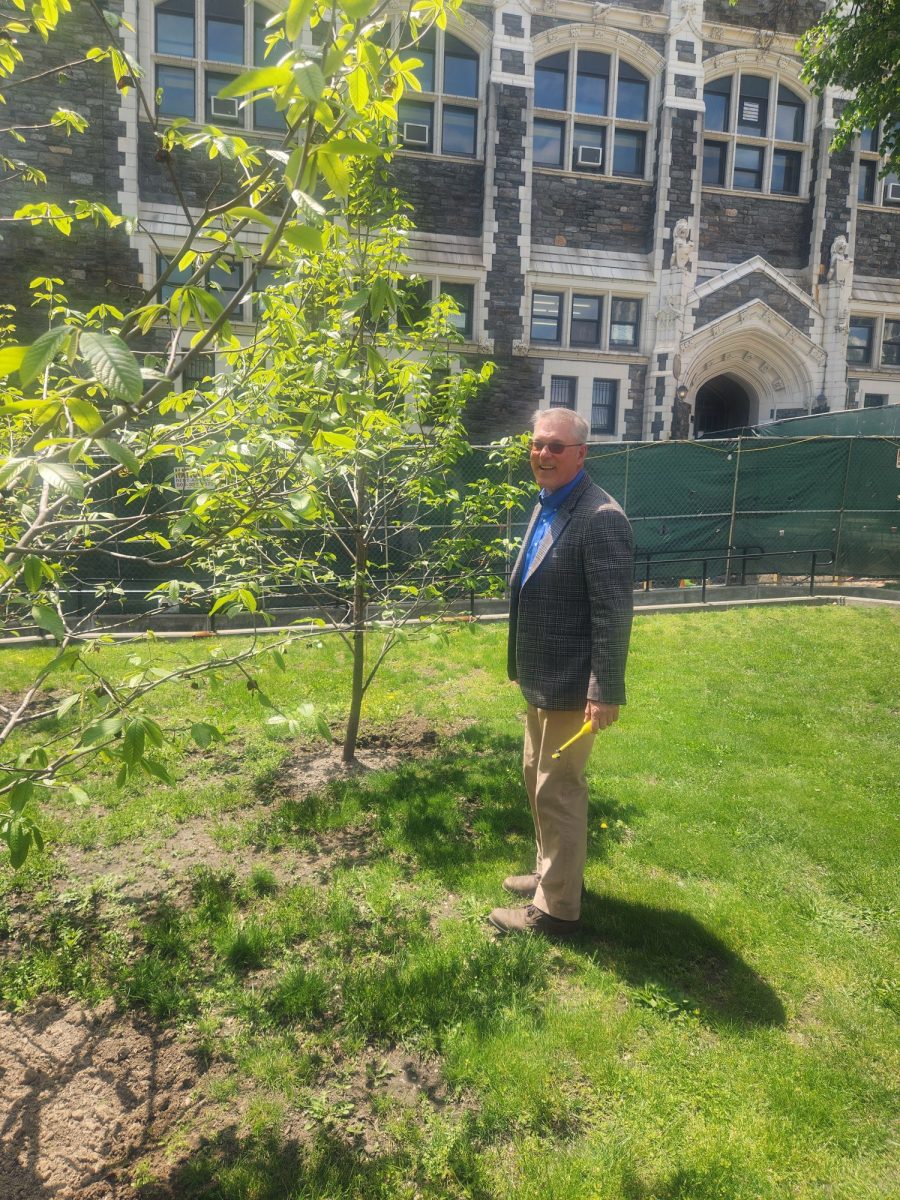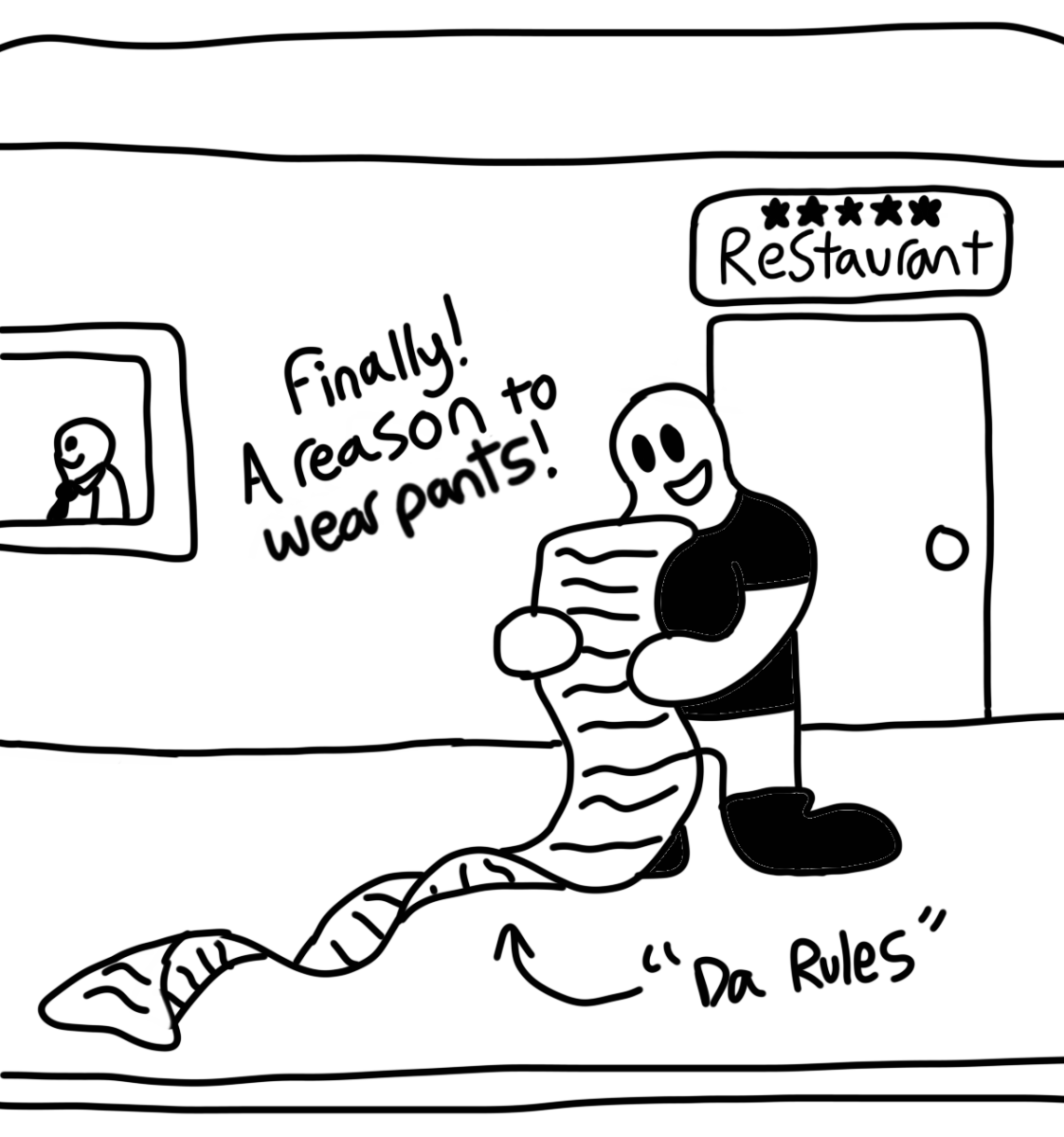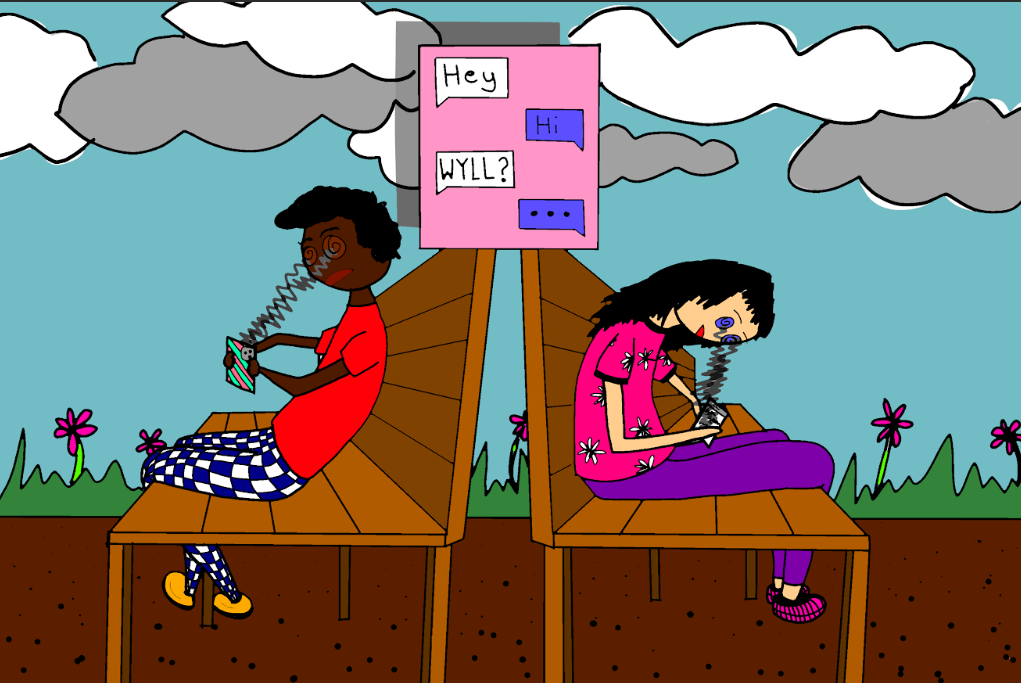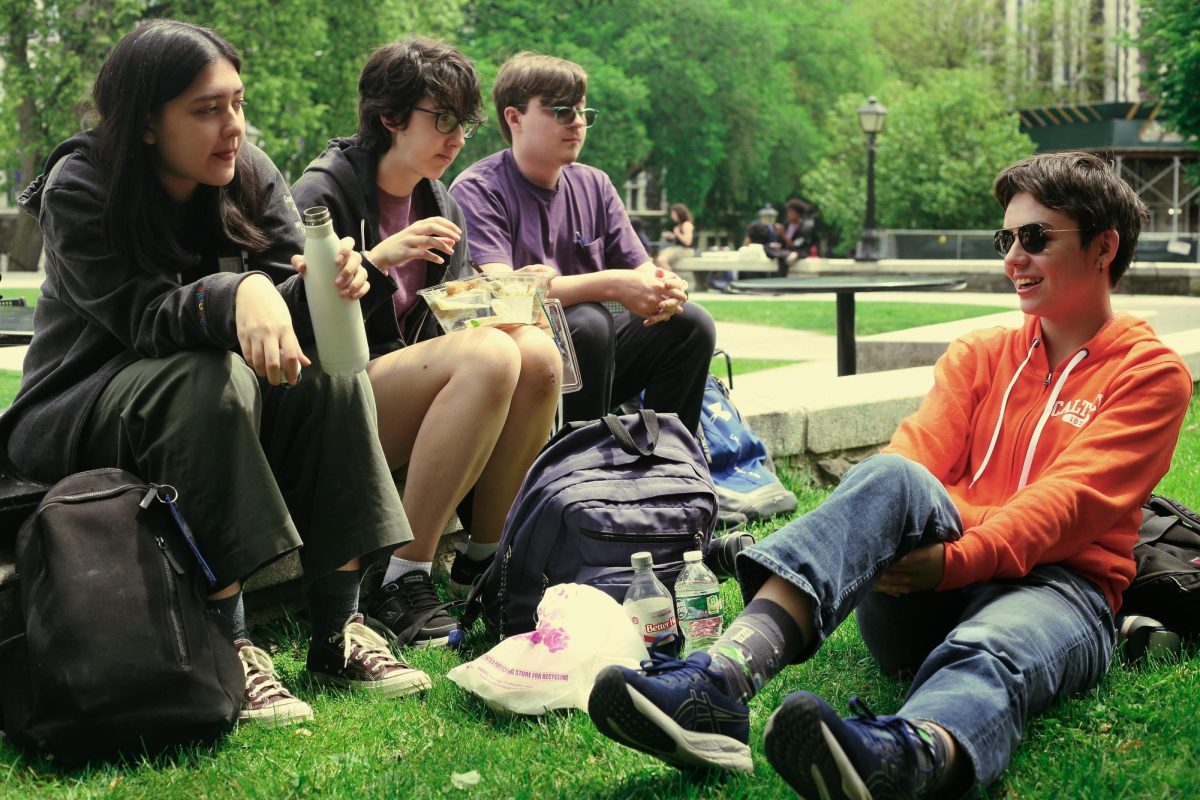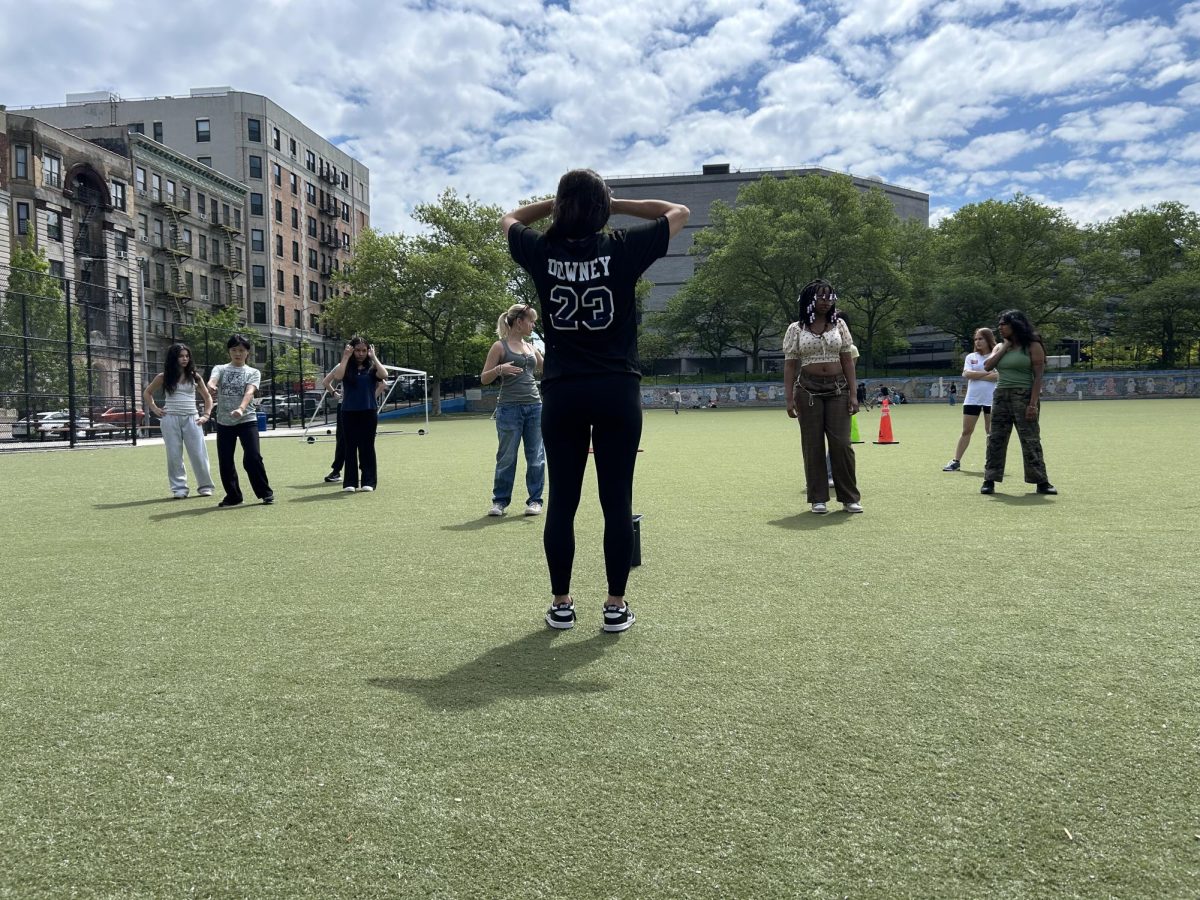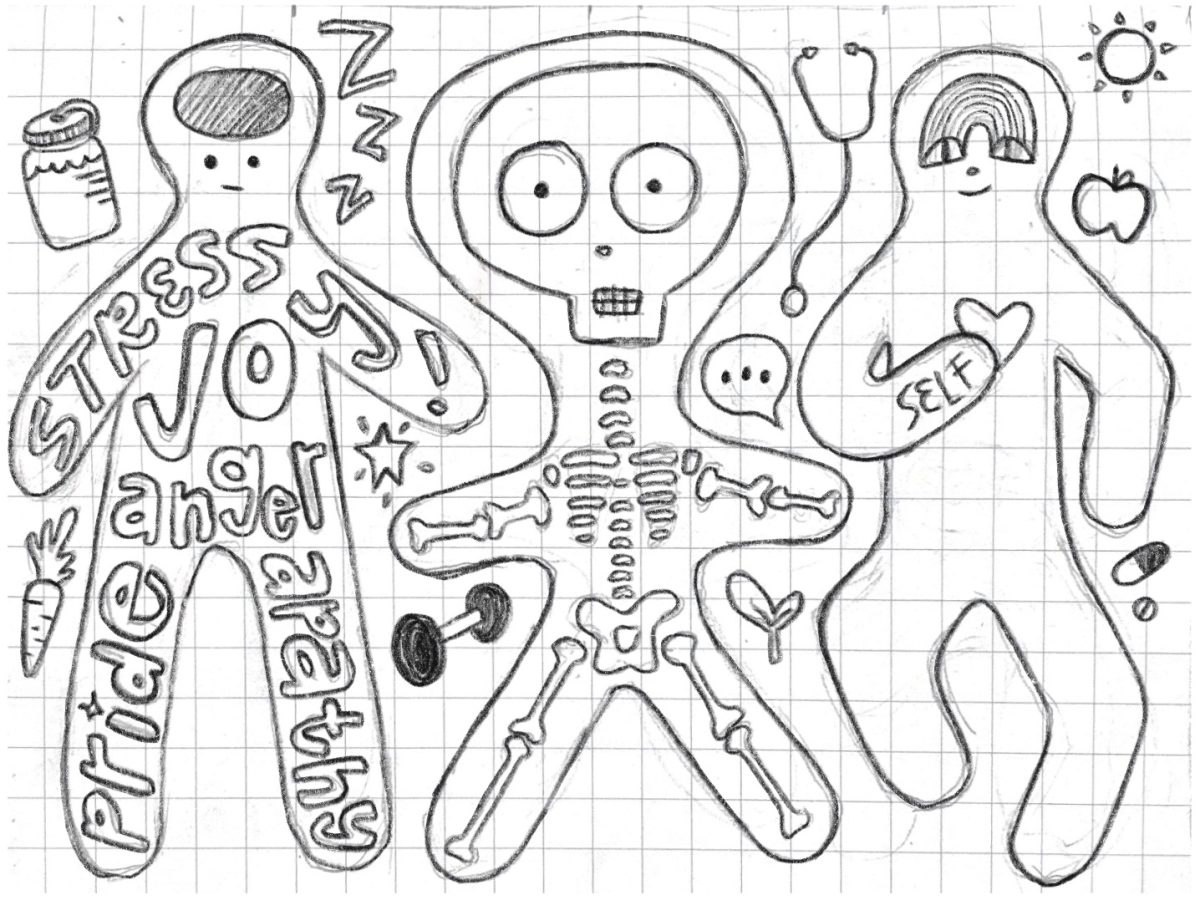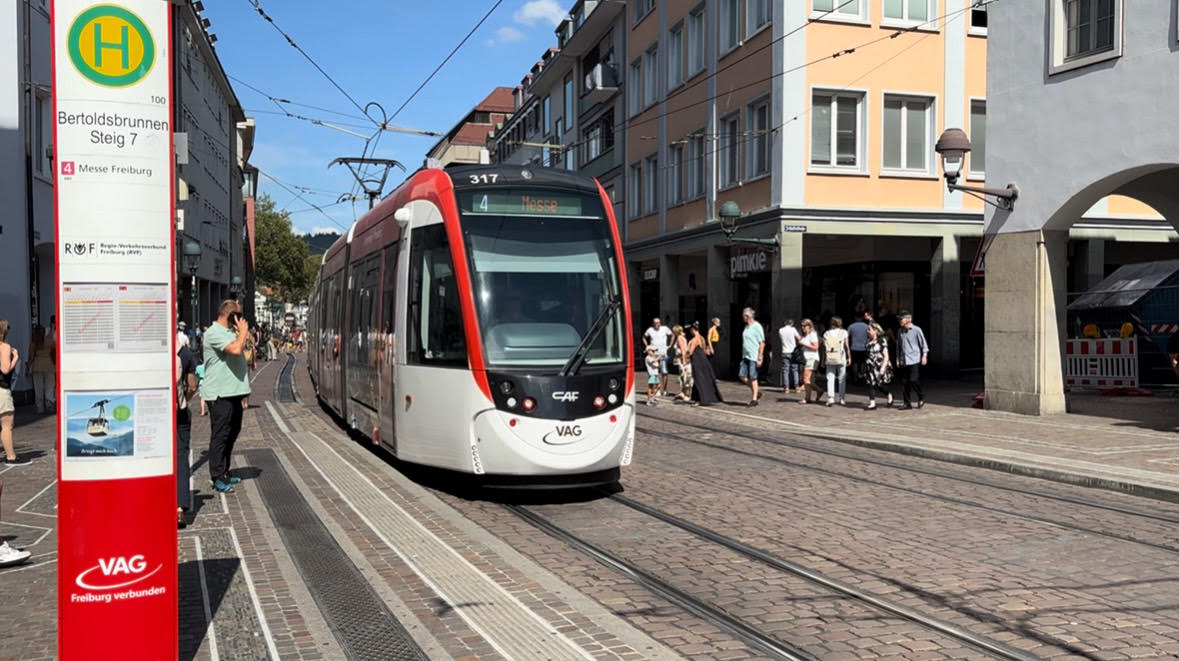Trams are a common form of transit in Europe, but they are virtually nonexistent in the United States because of the country’s habit of designing infrastructure around cars over the last 70 years. They fit the in-between zone in areas where buses do not provide enough passenger capacity, but a full-fledged subway provides too much for the level of demand present. Trams are also a fairly inexpensive way to get rail service to a city. Another iteration of trams, known as light rail transit (LRT), is a good way to get underground rail to a smaller city.
At times, a tram is not the best option for a line. Trams have limited capacity, and they can’t navigate hills well. For extremely busy corridors, a full-on metro is probably the best choice. For routes that see rather low ridership, perhaps a bus is enough. For very hilly places that otherwise are ideal for trams, buses are the only feasible option. There are buses that are powered by overhead lines, known as trolleybuses, and they deliver the environmental benefits of trams at an even lower cost and with increased versatility.
Let’s say there is a midsize city with a sizable, walkable downtown and streets clogged with pedestrians and cars. Let’s assume that the population of this city, let’s call it Townville, is somewhere to the tune of 250,000, of which about 40% live within a quarter mile of downtown. The city extends roughly three miles from downtown in any given direction, and there are a handful of smaller suburb towns around it. The city’s bus system is overburdened with riders trying to navigate its many branches to reach different parts of the city and metropolitan area. In this city, there are two main streets in town that intersect, and that node is the central node of downtown. How does one go about decongesting Townville’s downtown?
In much of North America, a city would widen the street, making it very hostile to pedestrians. What if Townville wants to preserve the character of its downtown? In that case, mostly closing the main area off to cars and installing tram tracks are a great way to do that.
Trams alleviate the bus congestion because they have a much higher passenger capacity compared to buses. Having a more efficient connection to downtown from the more suburban areas also reduces the need for cars, making it more feasible to close the downtown off to cars entirely. This goes a long way toward making downtown much more pedestrian-friendly. Examples of this solution can be found in Ghent, Belgium, and Freiburg, Germany. Cities like Portland, ME, and Boston, MA could benefit hugely from something like that, and Buffalo, NY, and Newark, NJ already use a similar method.
Another option, albeit a much more expensive one, would be to build a tram tunnel under the downtown area, pedestrianize it, and make it a sort of public plaza. This solution is found in plenty of large cities across Germany, like Köln and Düsseldorf. In these large cities, the whole downtown is rarely completely pedestrianized, purely due to the size of the city. Thus, there are some areas that are public plazas, but there are also vehicular thoroughfares so that cars are still an option. Paris, France, however, completely banned cars in its Arrondissements 1–4, its center city. With a smaller city, pedestrianizing downtown gets easier. A prime example of a midsize city using tunnels to bury trams in the downtown area and decongesting that way is in Antwerp, Belgium. Philadelphia, PA, and Ottawa, Ontario also use this type of system, but both could be better. Another city that could benefit is Calgary, Alberta.
Trams can also be used to extend into surrounding towns to better connect them with the downtown. Connecting to Townville’s outskirts and closer suburbs is only a matter of installing the tracks on the street and the catenary wire above to get wherever they are supposed to go. While this requires an investment, it is vastly less expensive than building a metro, and generally one of the least expensive transit options. If multiple branches are required, then there can be multiple tram routes. Since trams don’t require signaling, the capacity on the central tram artery can be very high. An excellent example of a system like this is in Freiburg, Germany. For more distant suburbs, commuter rail is an excellent choice.
Trams can bring huge benefits to downtowns with character. They can replace cars, make buses emptier due to increased capacity on a tram, and increase foot traffic, thereby increasing business along the street, which helps the community’s economy. More foot traffic also leads to more interactions between people, which fosters a sense of community in the city. Public transit can increase the quality of life, not only through community strength, but also by taking cars off the streets, which makes streets safer and the city as a whole safer, because suddenly first responders can get where they need to go quicker. Overall, trams are an excellent option for inexpensive, rail-based transit in smaller cities. They get people where they are going quickly, efficiently, and pleasantly, making everywhere much more accessible to everyone.






